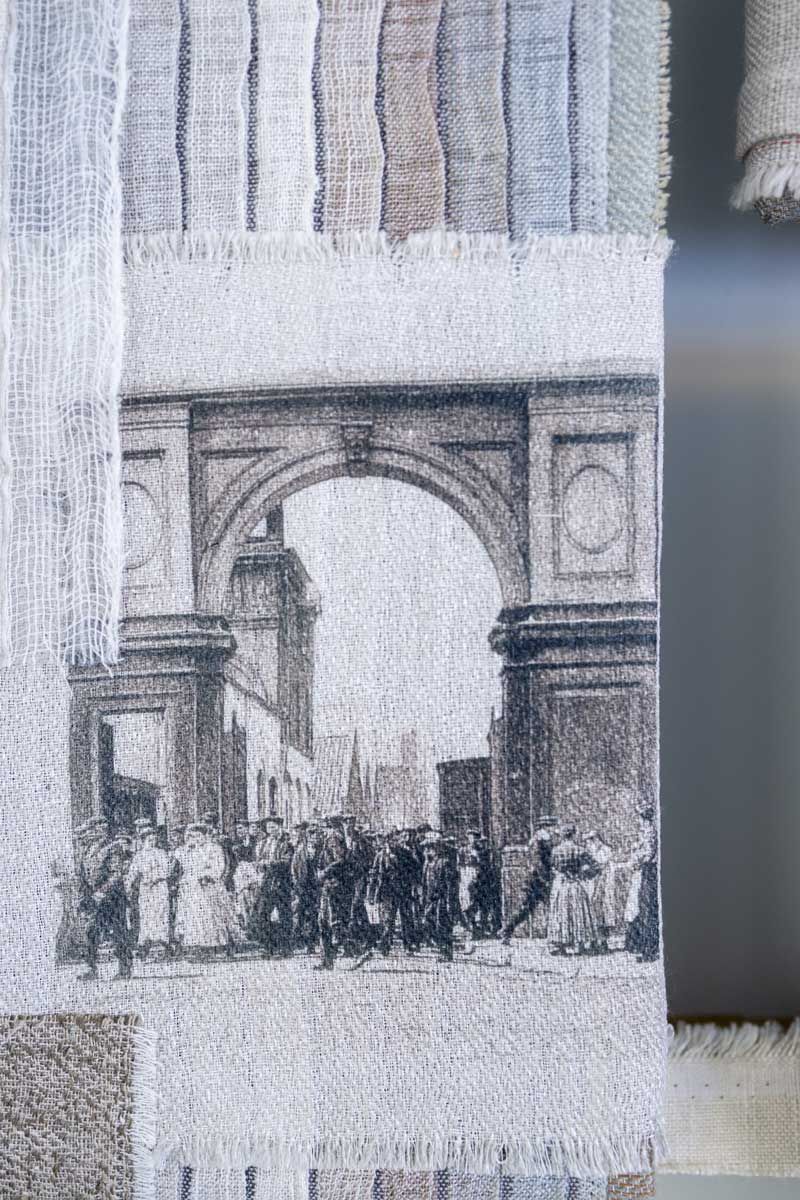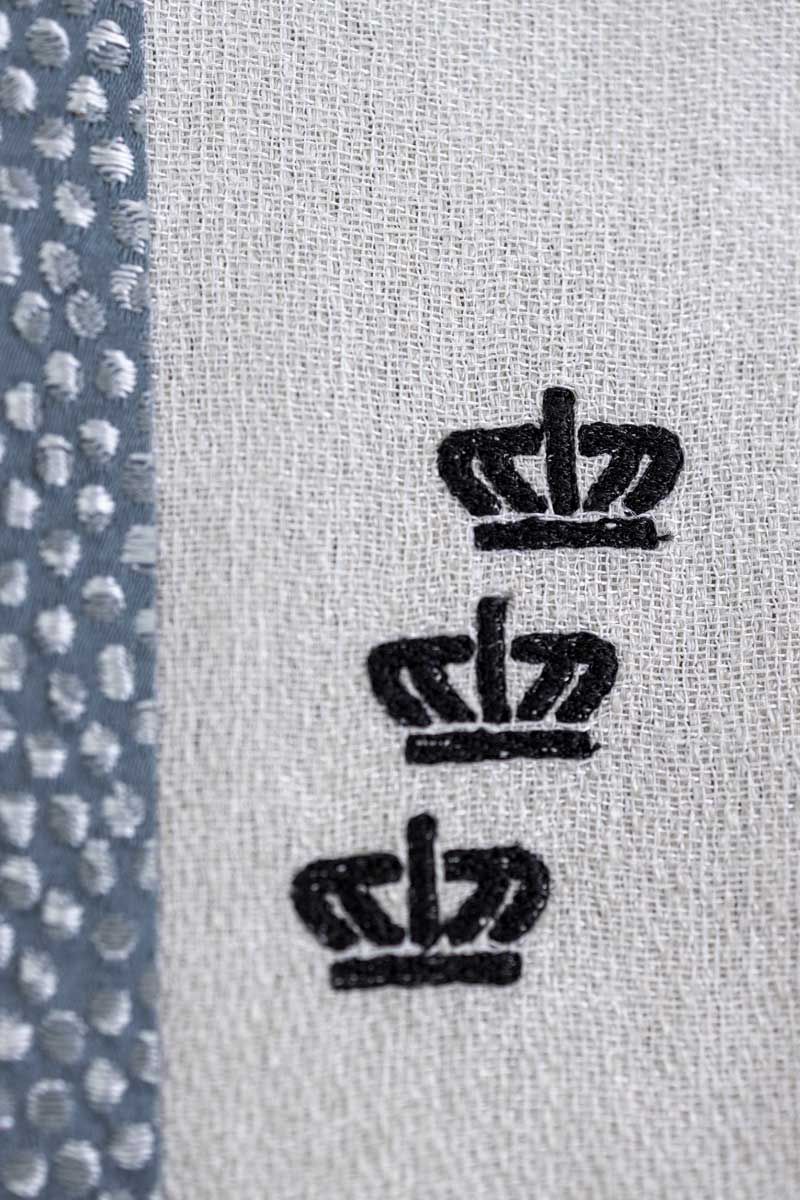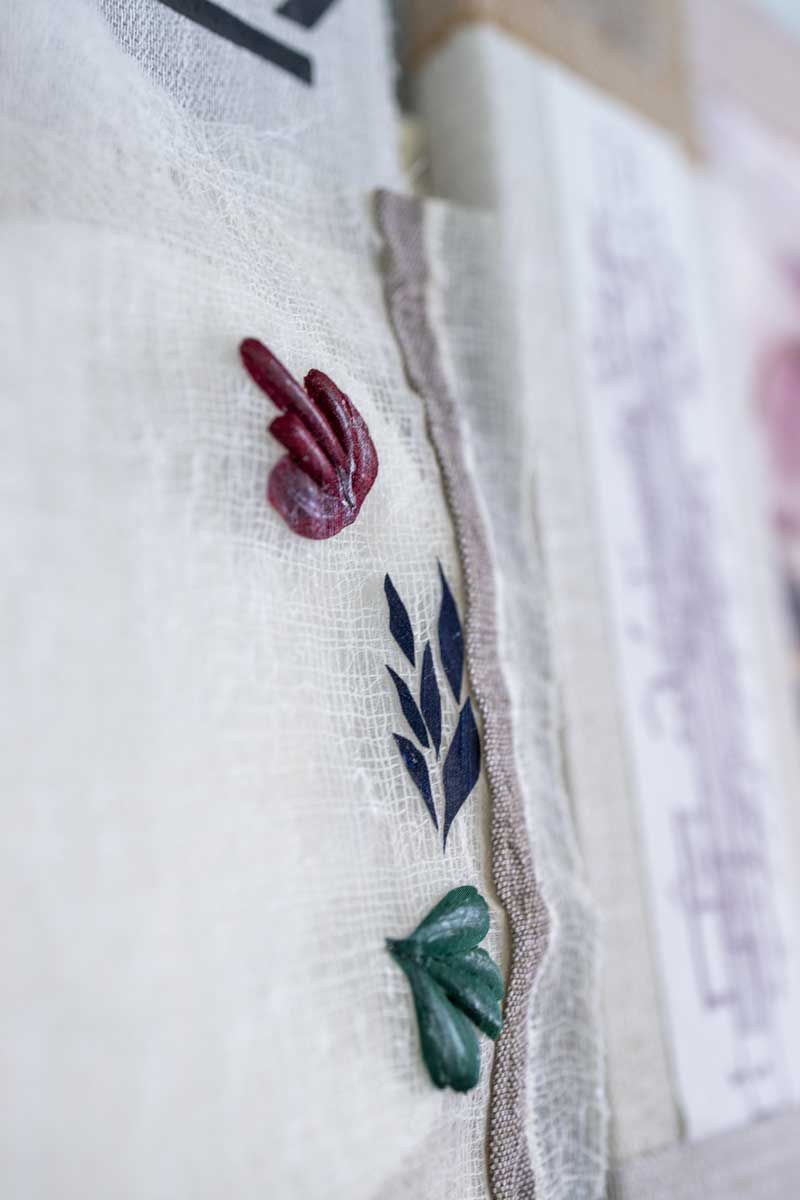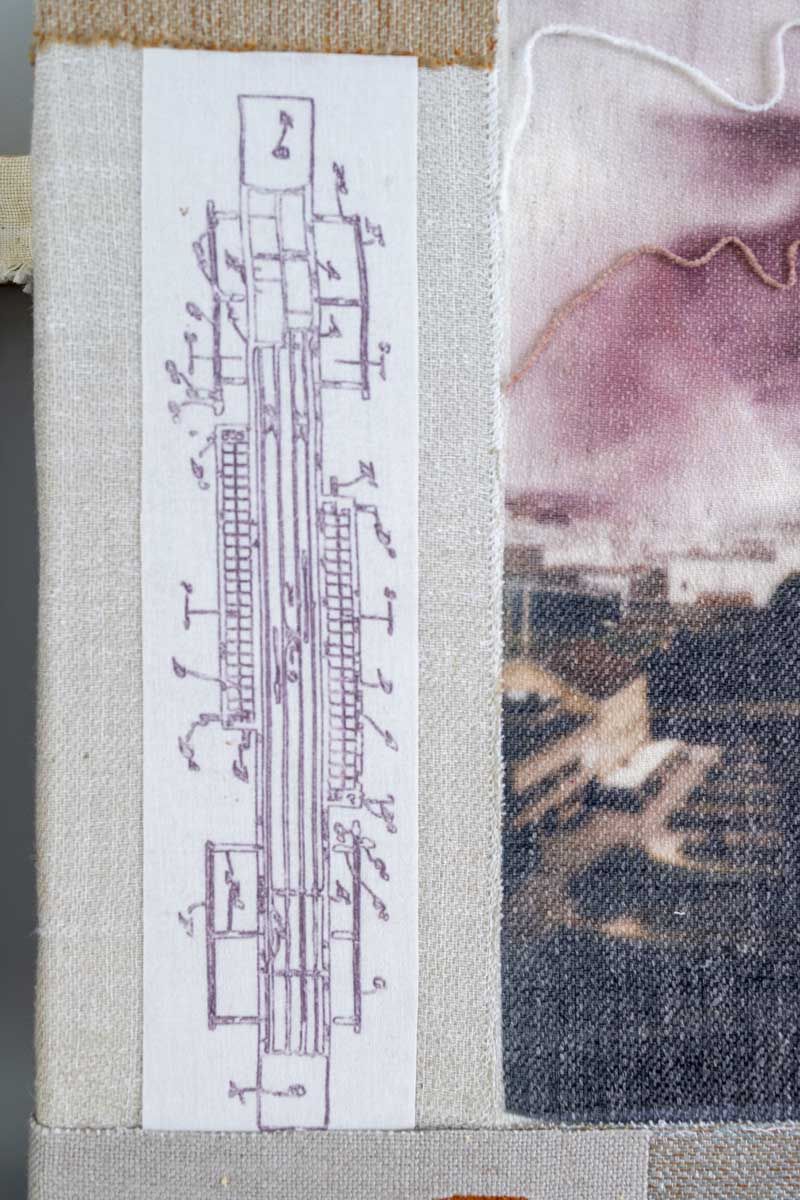Sphinx
Heritage Textiles in Art
Repurposed textiles, wood, disposable plates
83 x 72 x 9 cm
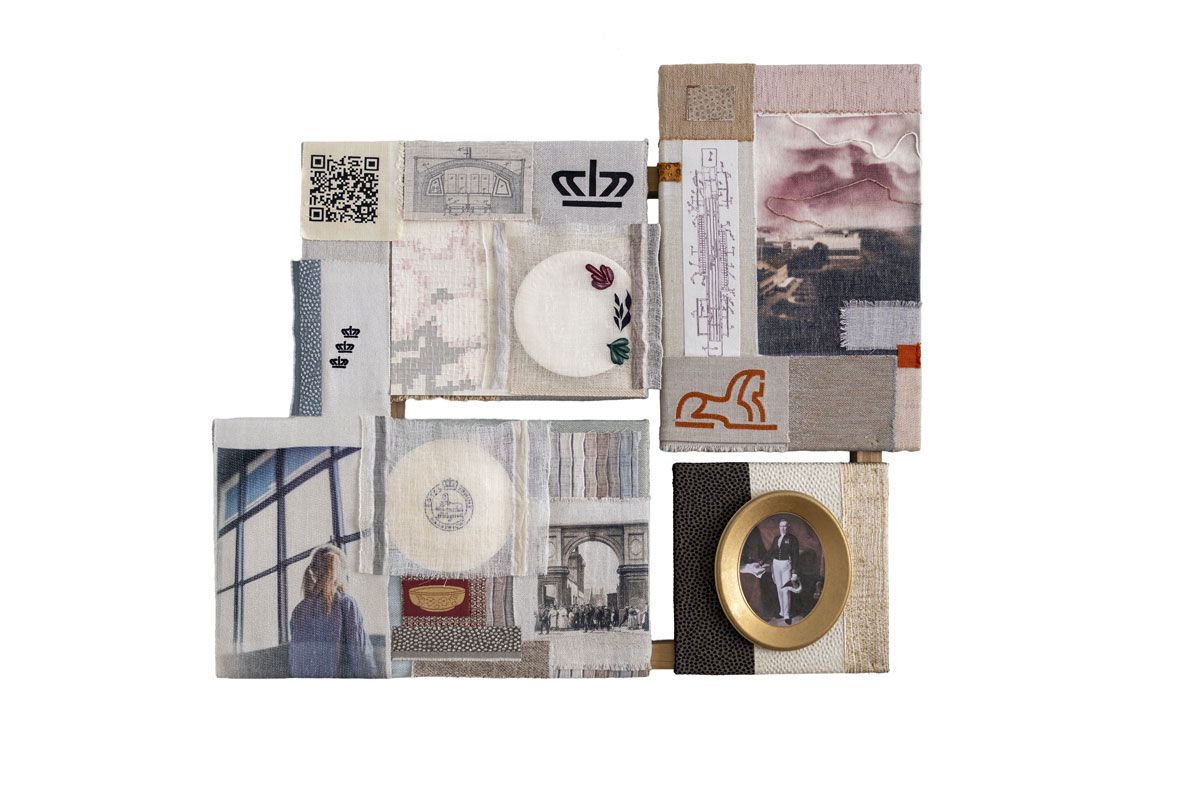
Upcycled objects:
Pieces of curtain, old bedsheet, disposable plates, fabric samples from sample books, silk fragments from lampshade workshop, old picture frames from discarded paintings.
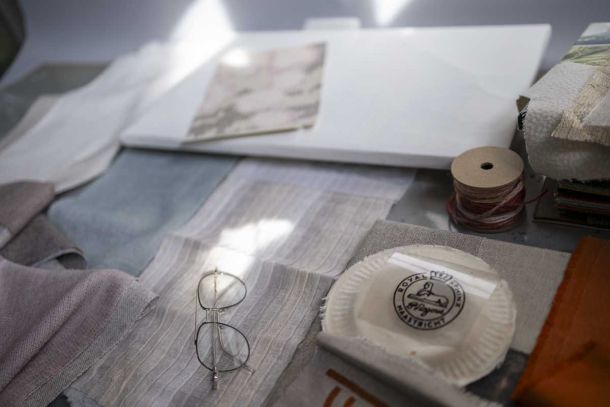
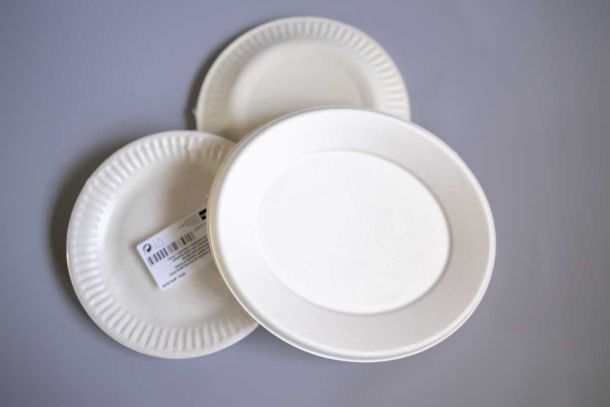
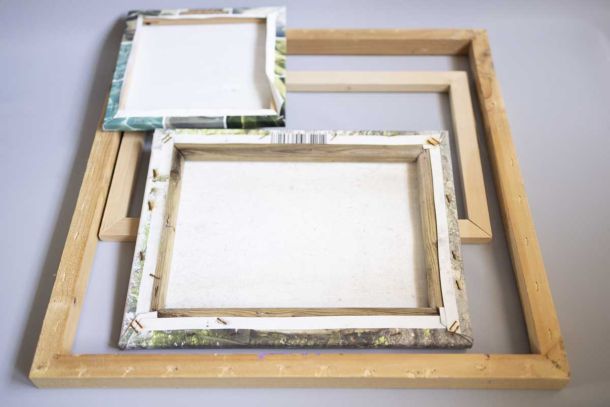

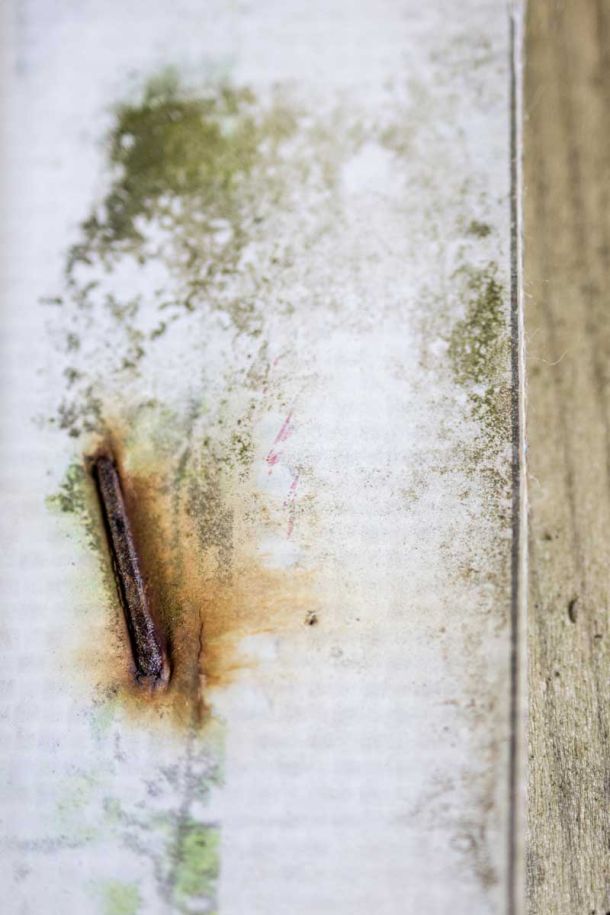



Self-shot photographs used in the piece
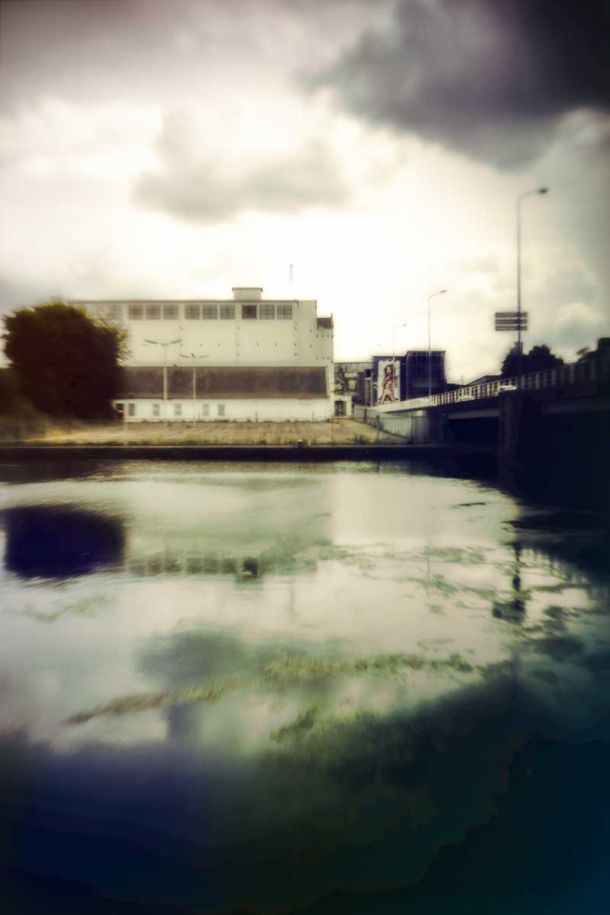
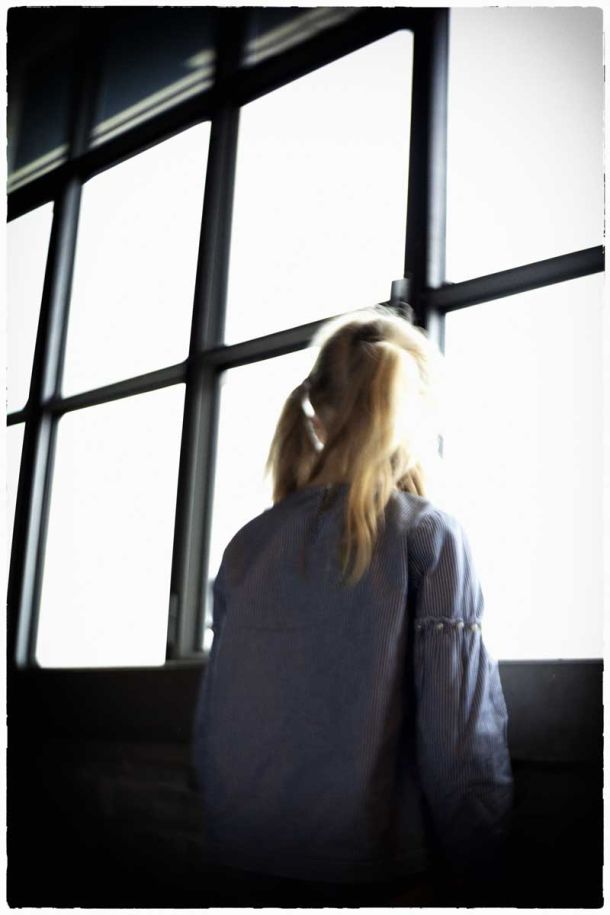
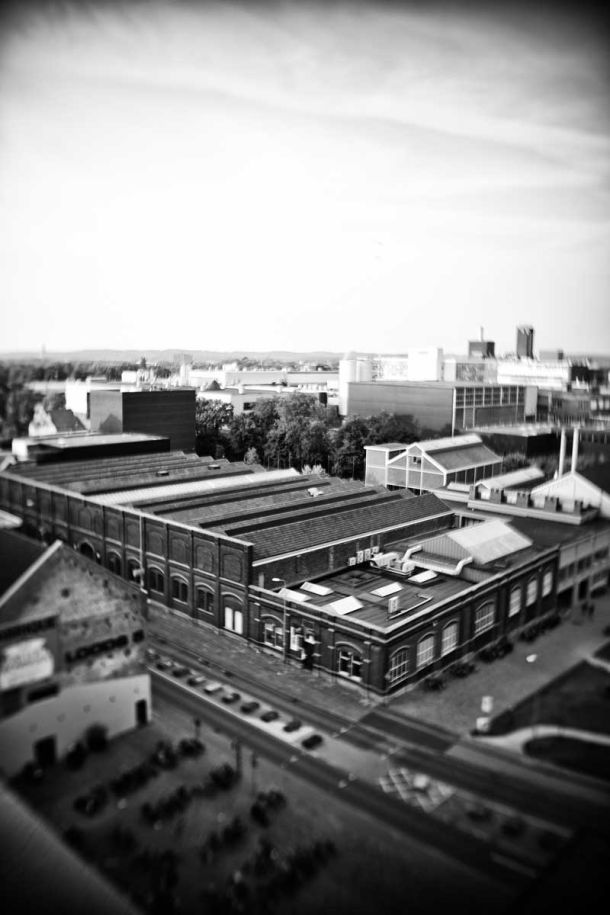

Industrial heritage reimagined through textiles
This work explores how industrial history can be reinterpreted through material transformation.
It is inspired by the story of Petrus Regout, founder of the Sphinx ceramics factory in Maastricht. He was one of the Netherlands’ earliest industrial pioneers. His enterprise symbolized innovation, steam power and international trade. Yet, behind that progress layed complex social realities: long working days, child labor and inequality.
By combining heritage textiles in art with fragments of everyday production, the work connects ambition and consequence the visible and invisible layers of industrial growth.
What do we build? Who benefits? Who remembers?
From factory to contemporary art
The artwork brings together materials once linked to domestic comfort and industrial production.
Old curtains, bedsheets and silk remnants are transformed into a tactile composition that echoes the textures of the Sphinx era. Each reused element carries traces of memory and local identity, turning waste into a narrative medium.
The photos used in this project combine images taken on site by the artist with archival photographs of the original factory. These visual sources merge past and present into one layered image.
A site of transformation
The piece also reflects on the present. The former Sphinx complex in Maastricht, once filled with smoke and clay dust, is now a lively urban area with housing, a hotel and creative studios.
Some materials used in the work were gathered directly from this site. A small stitched QR code links to an online archive on Are.na, where the research process, visual notes and reflections were documented.
Through the language of heritage textiles in art, the project invites reflection on how cities, industries and materials evolve and how their stories can still be felt through touch, surface and form.
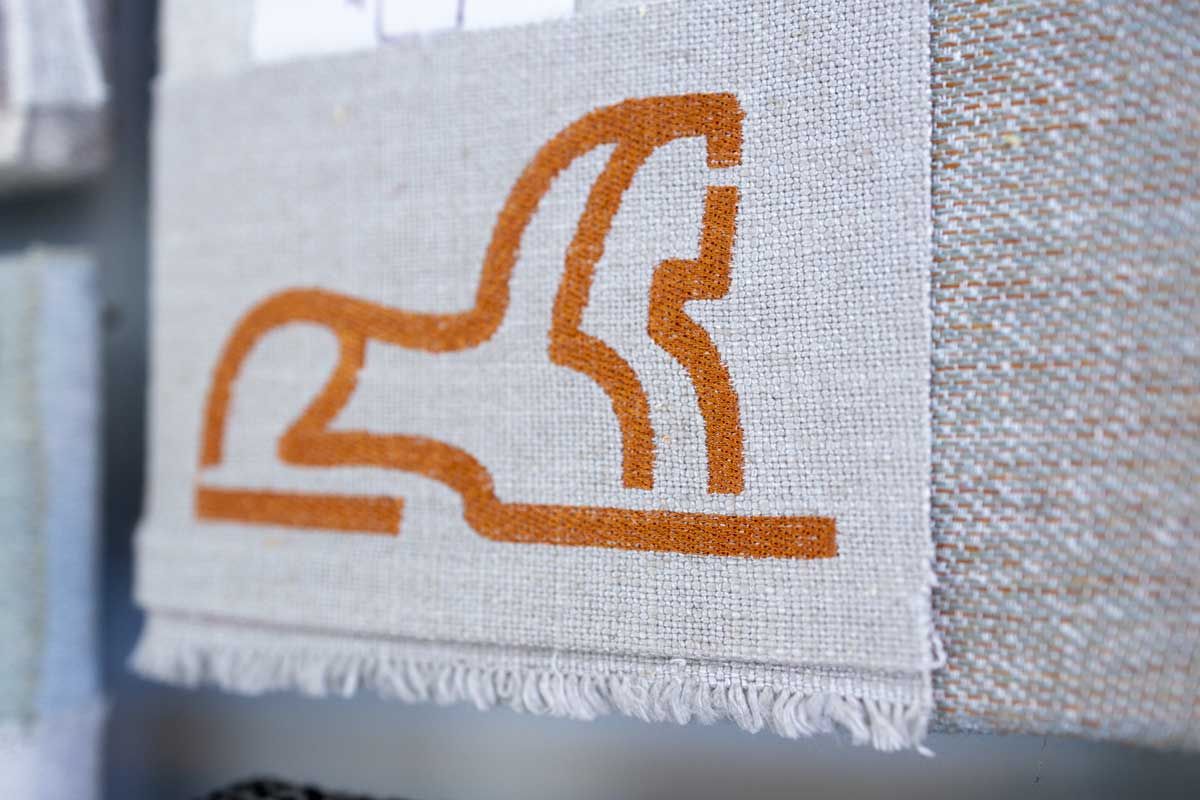
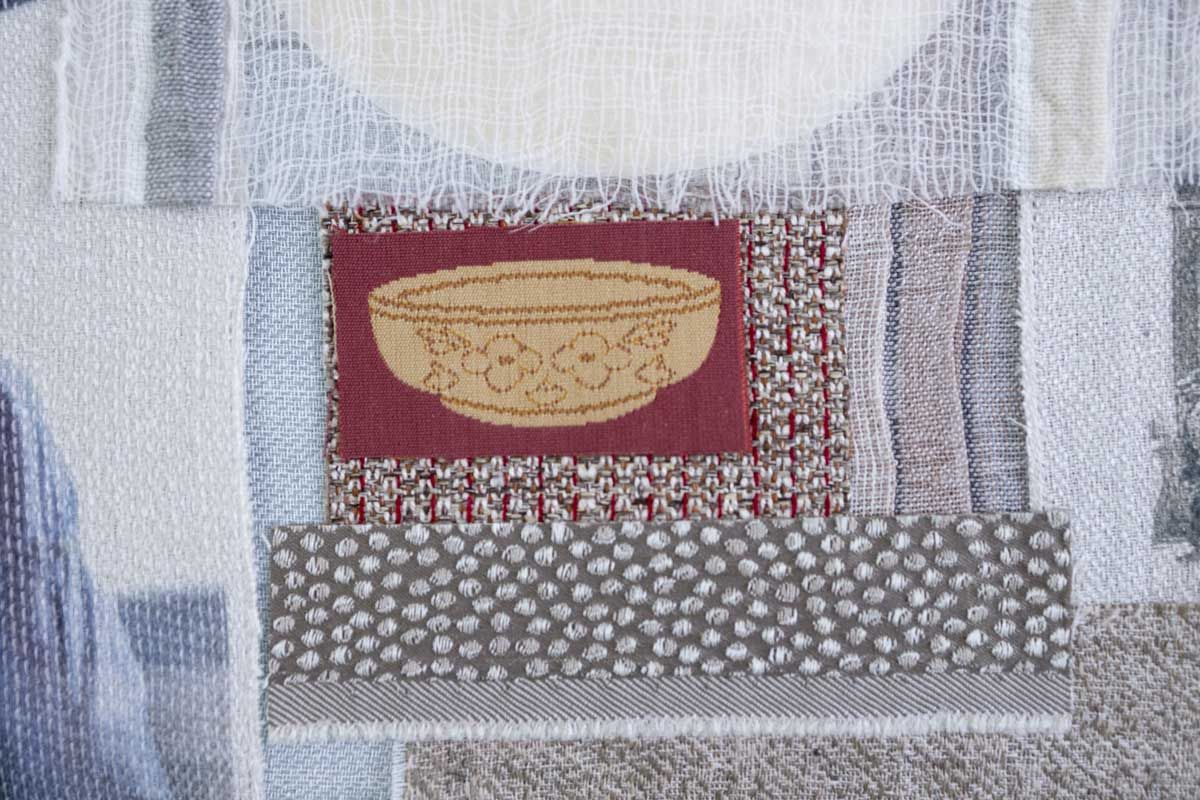
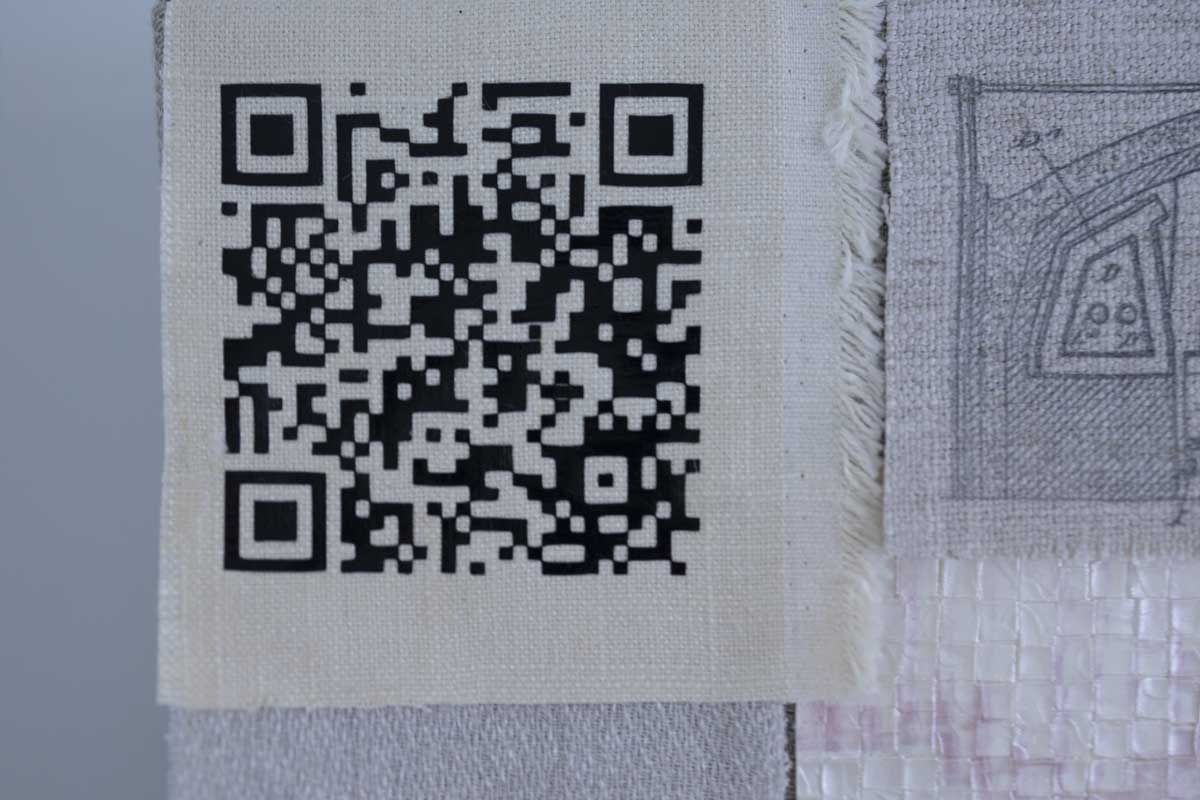

© Powered by Totoweb.
